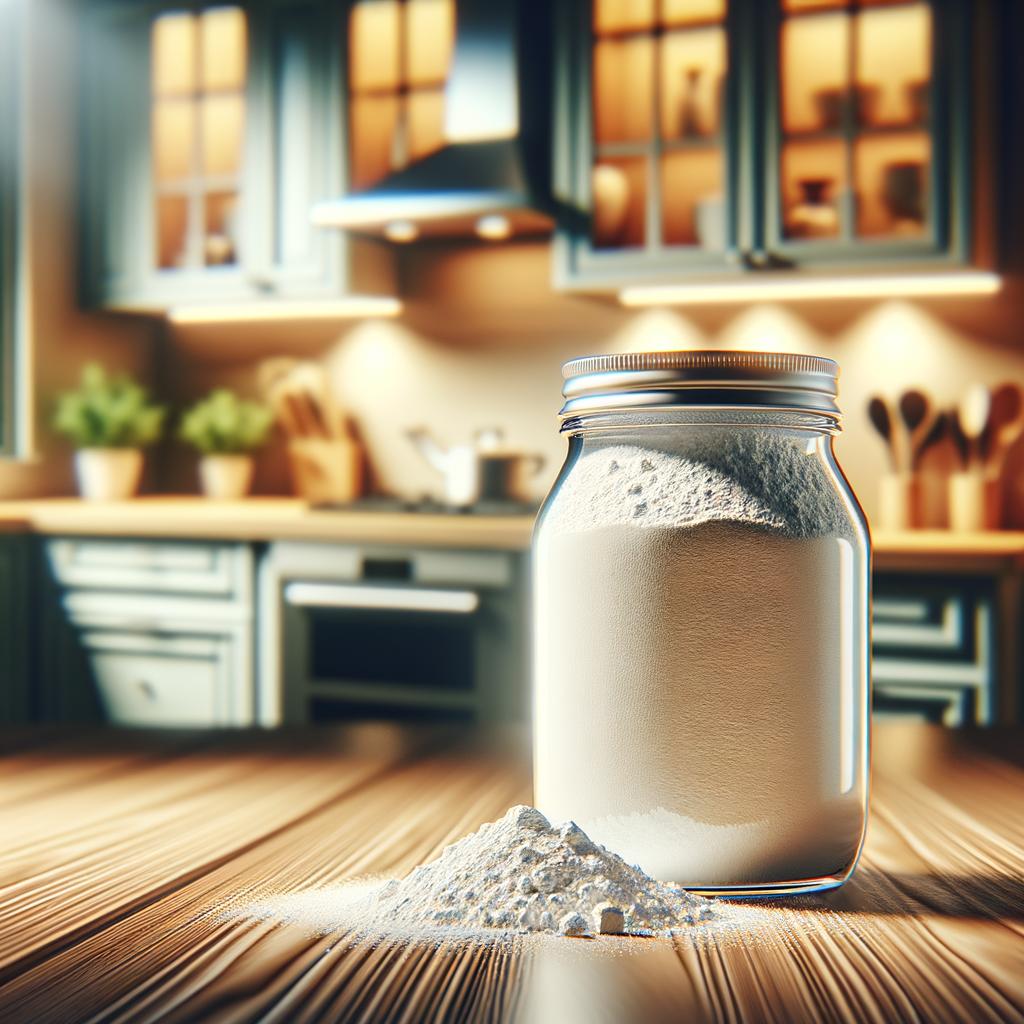Quicklime

Description Quicklime, also known as calcium oxide, is a white crystalline solid that appears chalky to the naked eye. Its texture is dense and powdery, and it has a caustic, acrid flavor that sets it apart from other similar ingredients. This is because quicklime is a highly reactive and alkaline substance. It's not an ingredient that you'd typically find in your kitchen pantry, but its unique characteristics have made it a staple in certain culinary and non-culinary practices.
Primary Uses In the culinary world, quicklime is used in the process of making corn tortillas and hominy, a type of dried corn. This process, known as nixtamalization, involves soaking the corn in a quicklime-water solution, which helps to remove the tough outer hull of the corn kernel. This makes the corn easier to grind and enhances its nutritional value, while also giving the corn a distinctive flavor that's a key component of Mexican cuisine. Outside of the kitchen, quicklime is used in a variety of industrial applications, from making cement and glass to treating wastewater and soil.
History The use of quicklime dates back to ancient civilizations. The Mayans and Aztecs, for instance, used it in the nixtamalization process to make corn more nutritious and easier to grind. This practice was later adopted by Native American tribes and eventually made its way to Europe and other parts of the world. The Romans, too, recognized the value of quicklime and used it in construction. There's even a myth that quicklime was used as a weapon in ancient warfare, thrown at enemies to create a blinding cloud of dust.
Nutritional Information While quicklime itself doesn't have nutritional value, its use in food preparation can enhance the nutritional profile of other ingredients. For example, the nixtamalization process increases the availability of niacin, a crucial B-vitamin, in corn. This process also reduces the levels of mycotoxins, a type of fungal toxin, in the corn. However, due to its highly reactive nature, quicklime should be handled with care. Consuming it directly can cause severe burns and other health problems. When used correctly and safely, though, quicklime can play a key role in creating nutritious and flavorful foods.

